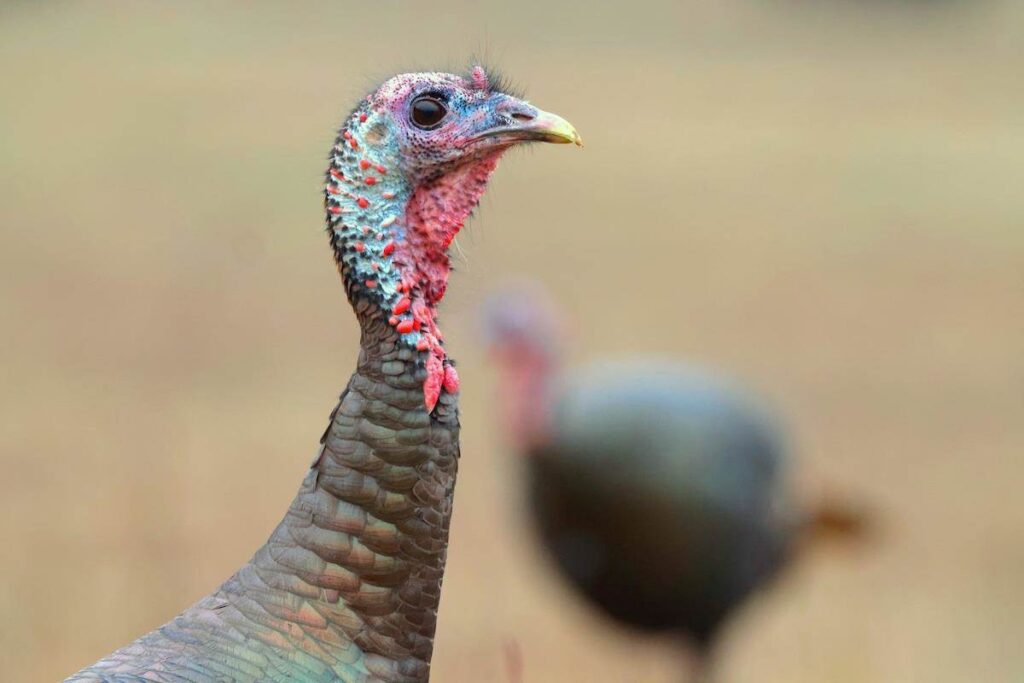
The 5 Best Tailwaters to Fly Fish During the Winter
Author: Field & Stream
Published: November 29, 2022
The best fly fishing locations for this winter from Field and Stream!
“Fly fishing is a year-round pursuit. Even during the coldest months of the year you can find actively feeding fish, and you don’t have to race to the water hours before sunrise for the best action. Still, too many anglers hang up their waders and stash their rods when winter arrives. They’re missing out. With fewer lines in the water, winter fishing can mean more opportunities to land big trout, especially from tailwaters, as long as you use the right flies.
Trout become sluggish as water temperatures drop in freestone streams, but the controlled flows and consistent water temps on tailwaters mean trout stay comfortable and feed all year long. To help point you in the right direction, here are five tailwaters from different corners of the country that are particularly productive through the coldest months of the year. Layer up, get out there, and land some trophy trout.
The Arkansas River at Pueblo, Colorado
Because tailwaters are often fish-food factories that can sustain high concentrations of fish, it’s not uncommon to also see high concentrations of anglers lining the banks. That’s why the less-frequented Arkansas tailwater in Southern Colorado is unique compared to the region’s other marquee tailwaters like the South Platte at Deckers. The Arkansas is one of the best winter fisheries in the West, mostly because the river has a prolonged high water season and isn’t an especially productive fishery in the summer months. Come winter, the flows drop, and the bite turns on. It’s not uncommon to consistently hook several 16- to 20-inch rainbows.
The Arkansas drains through a comparatively warm, lower-elevation climate in Pueblo, which is unlike most other trout fisheries in Colorado. During the winter, the air temperatures are 10 to 15 degrees warmer than other tailwaters on Colorado’s front range, and 15 to 25 degrees warmer than rivers in the mountains. The relatively mild temperatures combine with well-timed reservoir releases to foster conditions where trout eat year-round and don’t go dormant in the winter. In November and December, bluewing olives hatch on the surface, giving anglers good dry fly action, and midges hatch throughout the rest of the season. Still, in January and February, nymphing is the best tactic to consistently catch fish when there aren’t any visible hatches occurring. “Subtlety is the key,” says Connell O’Grady, a veteran guide at The Drift Fly Shop. “Every time the indicator slows down, set the hook just to see if something is there.”
The Farmington River, Connecticut
When anglers think of good trout streams, most might picture a winding waterway in a relatively remote wilderness setting; not a winding river in the heart of the Northeast’s urban corridor. Alas, that’s the setting for the Farmington River—one of Connecticut’s finest trout waters, and at just a two-hour drive from Boston or New York City, it’s likely the most easily accessible fishery on this list.
With a 21-mile-long seasonal catch-and-release stretch that abuts a 6-mile-long permanent catch-and-release section, the Farmington has no shortage of public access points during winter. Because of catch-and-release regulations, a high number of rainbows stocked in the fall, and a substantial population of large wild brown trout, there are plenty of targets for cold-weather anglers. The consistent bottom-flow releases from the Saville Dam keep the river at a trout-friendly temperature year-round, so the fish remain active despite the cold air.
The Farmington River has a special winter caddis hatch that starts in December and lasts through February. The hatch, which draws trout to the surface, generally occurs during the morning hours. At other times of the day, slow and deep nymphing tactics work best. Torrey Collins, the manager of UpCountry Sportfishing recommends nymphs, streamers, and “junk flies” like eggs, Woolly Buggers, San Juan Worms, and mop flies (a wiggly, easy-to-tie, sub-surface pattern that incorporates the same microfiber dreadlocks used for real floor mops)—all fished as close to the riverbottom as possible.”
The full list and more photos can be found with this link.
Photo Credit: Original Author






No Comments